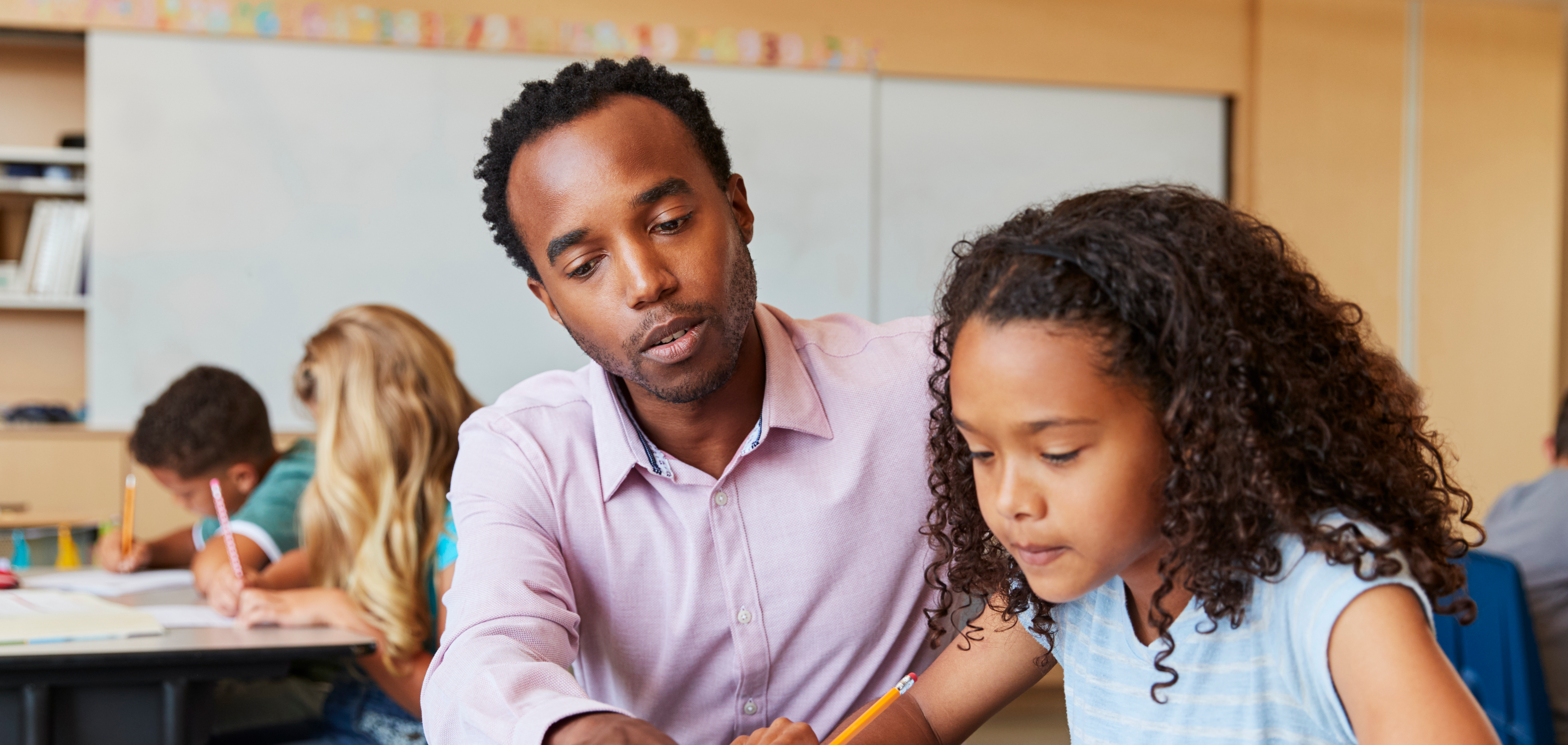Research shows that life skills like responsible decision-making, problem-solving, and self-awareness are key to student success. However, incorporating life skills into a multi-tiered system of supports (MTSS) can be challenging without the right systems in place.
The good news: life skills can be built into your district’s existing MTSS. In fact, a crucial part of educating the whole child involves supporting their life skills with data-based decisions for targeted and intensive interventions.
In this blog, we’ve provided four strategies your school district can use to integrate life skills into your MTSS framework to support the academic, behavioral, and social skills of the whole child.
Integrating Life Skills Into MTSS: Why It Matters
When we think about the purpose of MTSS—supporting the individual needs of all students—we can’t do that without thinking about social skills such self-efficacy, positive relationships, and responsible decision-making. Research shows that life skills are key to student success, and that life skills are equally as important as academics and behavior.

A depiction of the MTSS pyramid
Providing tiered life skills interventions alongside behavioral and academic interventions ensures that your district’s students build life skills that empower them to thrive inside—and outside—the classroom.
4 Key Steps to Integrate Life Skills Into Your MTSS Framework
Each district’s MTSS will look different. However, these strategies for integrating life skills into your MTSS can be applied no matter what stage of the journey you're at, from early stages of gathering baseline data to creating a formal life skills program.
1. Identify How Life Skills Can Support Your Existing Priorities
While there are many ways to build life skills into your school at the universal level, it is most impactful when schools focus on building a few targeted student competencies. That way, your MTSS program can focus on strengthening existing priorities. Example competencies to focus on might include:
- Self-awareness
- Self-management
- Social awareness
- Relationship skills
- Responsible decision-making
Research shows that specific life skills and supports correlate strongly with attendance, behavior, and course performance. For example: If promoting positive student behavior is a priority in your school, you might consider measuring and supporting life skills strategies that help with self-management, social awareness, and teacher-student relationships.
2. Create MTSS Teams and Provide Ongoing Professional Development
MTSS is a team sport: everyone in the building has a role in making it work. It’s crucial to build teams that weave together student well-being, life skills, and MTSS, and it’s equally important to provide additional support to those school and district leaders. These district or school-wide initiatives can look like:
- Creating central office positions that align with your district’s strategic vision for student success. Consider roles like a Director of MTSS or MTSS Coordinator to ensure every student gets the support they need across academics, behavior, and well-being.
- Offering professional development and resources. MTSS teams need access to evidence-based supports and resources. Resources like an interventions and progress monitoring toolkit, coursework on MTSS development, or surveys like an MTSS self-assessment can all be valuable forms of professional learning for your district’s teams.
3. Collect Actionable Student Voice Data
What we measure matters. That means gathering data on students’ life skills and mindsets in the same way that you’re already tracking academic performance and behavior. One impactful way to gather that data is through surveys.
|
Did you know? Your district can use Panorama’s open-source Life Skills Student Survey to develop your own student survey. Our survey includes questions across 23 topics like self-management, growth mindset, and social awareness. |
After you’ve identified a survey measurement tool, the next step is putting that data in context. Layering in student voice data alongside your academic and behavior data not only gives you a fuller view of each student, but also helps you understand the relationships between these data points. Imagine if your teachers could see that a student’s declining writing grades are inextricably linked to their struggle with self-management. That kind of insight is the beginning point for a more targeted intervention.
4. Use Data to Build Life Skills Supports Into Your Tiered Intervention Strategy
Finally, your school or district can use life skills, academic, and behavior data to build specific supports into your tiered intervention strategy:
- Tier 1 interventions focus on developing a shared vision for school climate, building positive relationships between students and teachers, and integrating life skills into academic instruction.
- Tier 2 interventions can include strategies like Check-In/Check-Out or The Lunch Bunch. These are all interventions that provide continual, targeted support for emotional skills like social awareness, relationship skills, and responsible decision-making.
- Tier 3 interventions might look like smaller group work or individual lessons or support. At this tier, interventions could involve counseling or strategies like rapid positive reinforcement.
|
Did you know? Districts that partner with Panorama have access to Playbook, Panorama’s professional learning library that connects educators with hundreds of instructional resources and interventions across life skills, academics, and behavior. |
Supporting the Whole Child: Next Steps For Your District
Integrating life skills into your school or district’s MTSS framework starts with understanding your students’ strengths and areas for growth. By collecting student voice data—and layering it into academic and behavior data—you can create a more robust picture of each child, supporting them with meaningful interventions.




.jpg)
.png)

